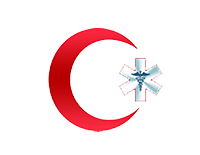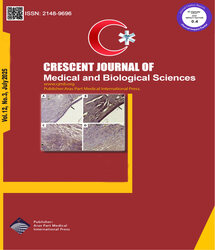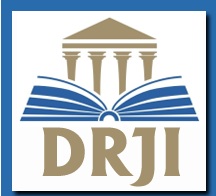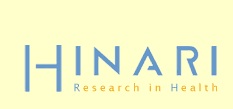Jul 2025, Vol 12, Issue 3
Advanced Search
For Author's & Reviewer's
Poll
How do you find the scientific quality of the published articles on our web site?
| Review | |
| The Role of Lipid-Based, Polymeric and Metallic Targeted Nanoparticles Delivery for the Treatment of Burn Wound Repair | |
| Syeda Ayesha Zahra1, Barkat A Khan2 | |
| 1Shifa College of Pharmaceutical Sciences, Shifa Tameer-e-Millat University, Islamabad, Pakistan 2Gomal Center of Pharmaceutical Sciences, Faculty of Pharmacy, Gomal University, Dera Ismail Khan, 29050, KPK, Pakistan |
|
|
CJMB 2025; 12: 123-129 DOI: 10.34172/cjmb.2025.3862 Viewed : 56 times Downloaded : 35 times. Keywords : Nanoparticles, Solid lipid nanoparticles, Nanostructured lipid carriers |
|
| Full Text(PDF) | Related Articles | |
| Abstract | |
Burn injuries present key medical issues because of their complexity, alongside long healing periods, and with the higher likelihood of infection. Typical burn care, such as ointments and wraps, features some cons like poor drug permeation, spotty drug dispersal, and promoting antimicrobial resistance. Thus, nano-drug delivery systems arose as a new way to better treat burn wound. Nanoparticles (NPs) offer many advantages, such as targeted drug delivery into cells, greatly improved bioavailability, relatively sustained drug release, and enhanced protection of therapeutic agents against degradation. This review explores the role of lipid-based, polymeric, and metallic NPs in burn wound repair. Lipid-based NPs, such as liposomes along with nanostructured lipid carriers, greatly improve drug retention via controlled release. Certain polymeric NPs, including dendrimers and chitosan-based systems, improve wound healing by controlled drug delivery and biocompatibility. Metallic NPs particular silver and gold NPs, exhibit strong antimicrobial properties significantly reducing the risk of burn wound infections. Thus, this lessens the chance of getting burn wound infections. Also, some specific nanocarriers, such as with stimuli-responsive and biomimetic NPs, show added gains in accurate drug transport and for faster wound repair. Despite their promising applications, problems are present, such as potential toxicity. Definite regulatory concerns, along with the highly optimized penetration need throughout damaged skin, remain real barriers against routine clinical implementation. Additional future research should focus intently on improving of nanoparticle safety profiles along with on refining of delivery mechanisms, besides conducting of wide-ranging clinical trials for generally validating their efficacy. Nanotechnology driven approaches definitely hold great potential for transforming burn care by addressing existing limitations and improving therapeutic outcomes. |
Cite By, Google Scholar
Submit Paper
Online Submission System CJMB ENDNOTE ® Style
CJMB ENDNOTE ® Style
 Tutorials
Tutorials
 Publication Charge
Women's Reproductive Health Research Center
About Journal
Publication Charge
Women's Reproductive Health Research Center
About Journal
Online Submission System
 CJMB ENDNOTE ® Style
CJMB ENDNOTE ® Style
 Tutorials
Tutorials
 Publication Charge
Women's Reproductive Health Research Center
About Journal
Publication Charge
Women's Reproductive Health Research Center
About Journal
Publication Information
Publisher
Aras Part Medical International Press Editor-in-Chief
Arash Khaki
Deputy Editor
Zafer Akan
Aras Part Medical International Press Editor-in-Chief
Arash Khaki
Deputy Editor
Zafer Akan
Published Article Statistics
